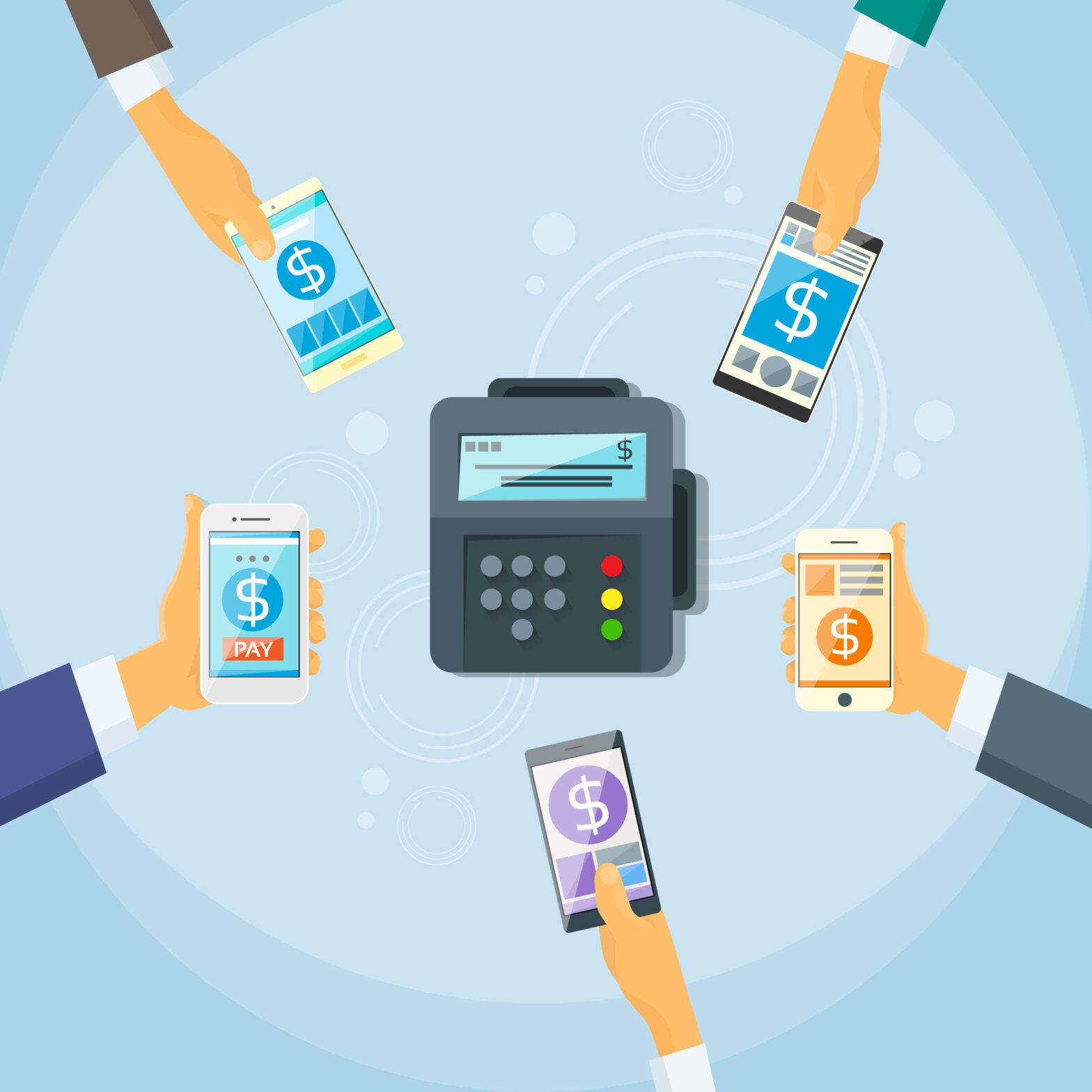On the surface, 2015 was the year mobile payment technology hit its stride. Apple, Samsung and Google all launched their own payment apps and it was more common for consumers to use the PayPal app to send money or tap on the Starbucks app to buy coffee.
But such scenarios were more the exception than the rule. The reality is that mobile payments are still an emerging technology, and 2015 will be remembered as a year they were proven but not widely adopted.
A few reasons why a mobile payments are slow to jumpstart:
Security fears: While the apps themselves don't tend to have security flaws, consumer haven't forgotten about the major credit card data breaches at Target and other retailers and fear any chance of identity theft.
What's in it for me?: Mobile payments may be convenient, but they need to draw in consumers with coupons and reward points.
Not widely available in stores: Despite the buzz, not every retail store and restaurant accepts mobile payments.
Only on newer phones: Apple Pay is only supported on the iPhone 6 family and certain iPads, and Android Pay is supported by 60% of all Android devices. Not everybody gets to play.
> See also: The five contenders kicking off the mobile payment revolution in Europe
So the adoption numbers aren't there yet and they won't rise unless the mobile payment paradigm changes. But the good news is that mobile payment apps will break through in 2016.
Here are four ways brands can help users warm up to mobile payment apps.
Stand out with in-app mobile payments and in-store POS systems
Piloting a new mobile payment system or app could go a long way to speeding up check-out lines and building trust. Your customers are used to selecting and paying for items through apps via their credit card. But that same process is not as familiar in the store.
One way to make customers comfortable with in-store mobile payments is to emulate Starbucks and Walmart and build mobile payment capabilities into your app. Getting this integration right technically may be relatively simple; the devil in the details will lie in how smooth and positive the experience is within the app.
Another measure is to install NFC-capable POS devices in your stores and make it clear to consumers that they can use Apple Pay, Android Pay and the like to pay for products.
Either way, you'll present your brand as mobile payment-friendly and build customer trust.
Make sure security is air tight
As mentioned earlier, consumers have big concerns about mobile payment app security. With credit card theft on the rise, consumers view paying in-app with a third party as an additional set of eyes on their financial data.
On the technology side, it's critical to ensure the security of your mobile payment app throughout the entire app lifecycle, from the development and testing phase to the monitoring of user activity after the app is live.
On the marketing side, be sure to constantly emphasize the safety of your mobile payment apps. Skittish consumers need to be reminded that mobile payments generate unique bar codes for each transaction, making them safer than outdated and vulnerable magnetic stripe credit cards.
In the coming year, consumers will grow more aware of how mobile payments actually take place and will use self-protection features like fingerprint ID, two-step authentication and password generators with their mobile apps. But brands will need to keep easing consumer fears with both rigorous app testing and education.
Make the user experience unforgettable
The bottom line is your app needs to work, work well, and work all the time. Because mobile payments are a new technology, if the feature in your app doesn't work flawlessly then wide adoption becomes a risk. So in the QA phase, test for all the expected conditions but also the unexpected ones (here come those pesky phone call interruptions).
Define these conditions as if you were the end-user on the move in the real world – in a busy coffee shop on Wi-Fi, in a sports arena with flakey service. Incorporate these conditions into your app testing to make sure your payment app stands up to reality.
> See also: Mobile payments will boost crime, say security pros
Sweeten the pot with rewards
Mobile payment adoption could be huge boon to companies, as it frees staff to step out of the purchasing workflow and focus on more demanding tasks. However, to make the transition worth it, consumers need incentives such as Starbuck's payment rewards.
It's fun to pay for stuff using your phone, but the novelty wears off. It's that free coffee, that free sandwich and that 50% off coupon that ultimately inspires loyalty.
There's a lot of room for mobile payments to be worth our while in 2016. We're all used to mobile banking at this point, so it's a natural progression to payments, as long as they are secure, work well and work all of the time.
Sourced from Yoram Mizrachi, CTO, Perfecto Mobile










